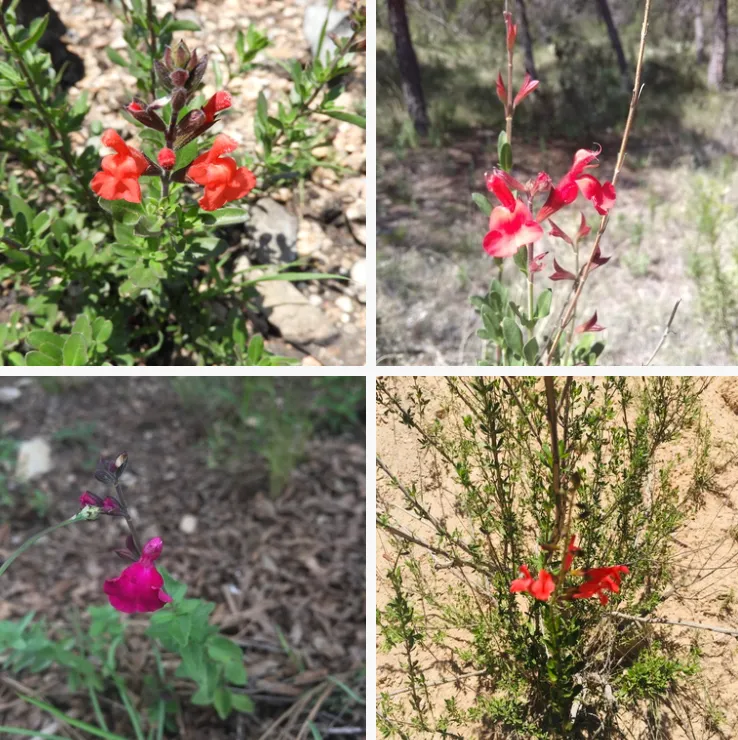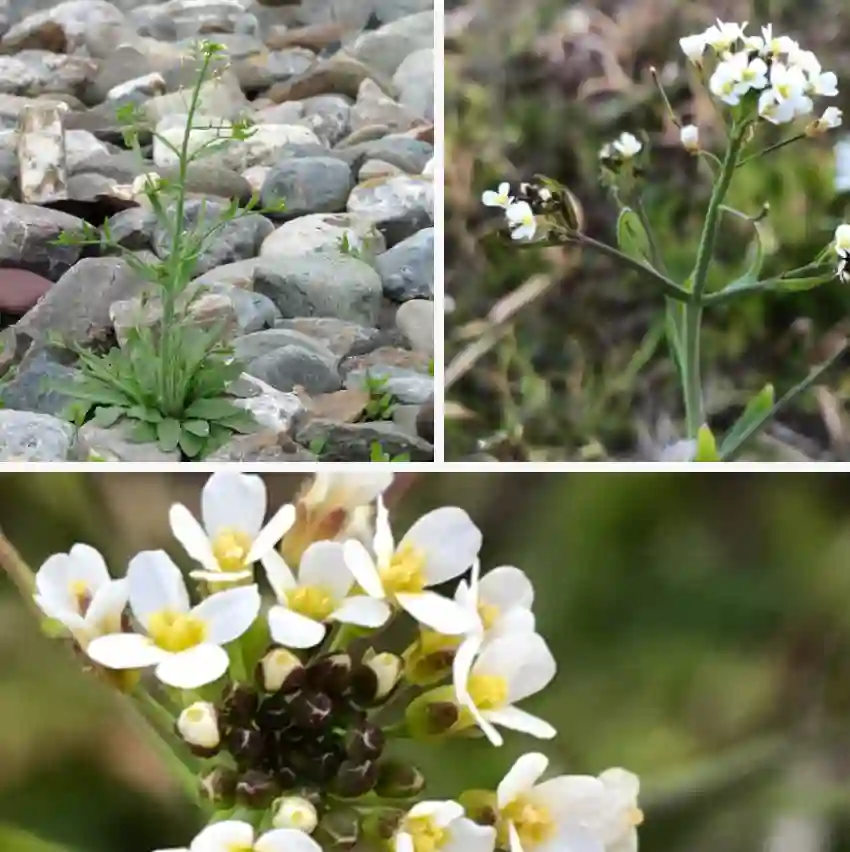Geum: A Gardener’s Delight
The world of plants is vast and diverse, filled with intriguing specimens that capture the imagination. As a passionate gardener, I’ve always been drawn to the unique and the beautiful. One genus that has particularly captivated me is Geum, commonly known as avens. These hardy perennials, with their vibrant flowers and attractive foliage, bring a touch of wild charm to any garden.
Geum belongs to the Rosaceae family, which also includes roses, strawberries, and apples. Native to Europe, Asia, North and South America, Africa, and New Zealand, these plants thrive in a variety of climates. Their adaptability and resilience make them a favorite among gardeners of all skill levels.
A Tapestry of Colors and Forms
What truly sets Geum apart is the sheer diversity within the genus. With over 50 recognized species, there’s a Geum for every taste and garden style. From the fiery orange blooms of Geum coccineum to the delicate white petals of Geum canadense, the color palette is extensive. The flowers themselves come in a variety of forms, with some species boasting single blooms while others display double or semi-double flowers.
One of my personal favorites is Geum rivale, also known as water avens. This species thrives in moist environments and produces nodding, bell-shaped flowers in shades of pink and orange. I’ve planted it near my pond, where it adds a touch of whimsy to the water’s edge.
Another standout is Geum chiloense, a Chilean native that boasts large, showy flowers in vibrant hues of red, orange, and yellow. This species is a real showstopper in the garden, attracting pollinators and admiring glances alike.
Cultivating Geum: A Rewarding Endeavor
Geum are relatively low-maintenance plants, making them a joy to cultivate. They prefer well-drained soil and thrive in full sun to partial shade. While they are drought-tolerant, regular watering will encourage more vigorous growth and flowering. Deadheading spent blooms will also prolong the flowering season and prevent unwanted self-seeding.
Propagation is typically done through division or seed. Dividing established clumps every few years helps maintain plant vigor and provides new plants to share with friends and fellow gardeners. Seeds can be sown directly in the garden or started indoors for later transplanting.
A Haven for Pollinators
Geum are not only a feast for the eyes but also a valuable resource for pollinators. Bees, butterflies, and other beneficial insects are drawn to their nectar-rich blooms. By incorporating Geum into your garden, you contribute to the health of the local ecosystem and support biodiversity.
A Selection of Geum Species
The genus Geum encompasses a wide array of species, each with its own unique characteristics:
- Geum aequilobatum K.M.Purohit & Panigrahi
- Geum aleppicum Jacq. Plant FAQs: Geum Aleppicum – Yellow Avens
- Geum andicola (Phil.) Reiche
- Geum × aurantiacum Fr. ex Scheutz
- Geum boliviense Focke
- Geum brevicarpellatum F.Bolle
- Geum bulgaricum Pančić
- Geum calthifolium Menzies ex Sm.
- Geum canadense Jacq.
- Geum capense Thunb.
- Geum × catlingii J.-P.Bernard & R.Gauthier
- Geum coccineum Sm.
- Geum × convallis M.P.Wilcox
- Geum × cortlandicum M.Hough
- Geum elatum Wall. ex G.Don
- Geum geniculatum Michx.
- Geum glaciale Adams ex Fisch.
- Geum × gonzaloi J.L.Lozano & Serra
- Geum × hainesianum M.Hough, A.V.Gilman & Chapm.-Lam
- Geum heterocarpum Boiss.
- Geum hispidum Fr.
- Geum × intermedium Ehrh.
- Geum japonicum Thunb.
- Geum kokanicum Regel & Schmalh.
- Geum laciniatum Murray
- Geum latilobum Sommier & Levier
- Geum × macneillii J.-P.Bernard & R.Gauthier
- Geum × macranthum (Kearney ex Rydb.) B.Boivin
- Geum macrophyllum Willd. Plant FAQs: Geum Macrophyllum
- Geum macrosepalum Ludlow
- Geum magellanicum Comm. ex Pers.
- Geum × meinshausenii Gams
- Geum mexicanum Rydb.
- Geum molle Vis. & Pančić
- Geum montanum L.
- Geum peckii Pursh
- Geum peruvianum Focke
- Geum × pulchrum Fernald
- Geum pyrenaicum Mill.
- Geum quellyon Sweet
- Geum radiatum Michx.
- Geum reptans L. Plant FAQs: Geum Reptans
- Geum rhodopeum Stoj. & Stef.
- Geum riojense F.Bolle
- Geum rivale L.
- Geum rossii (R.Br.) Ser.
- Geum roylei Wall.
- Geum rubrum (Ludlow) Khuroo, K.Hussain & Gulzar
- Geum schofieldii Calder & Roy L.Taylor
- Geum sikkimense Prain
- Geum speciosum (Albov) Albov
- Geum × spurium C.A.Mey.
- Geum × sudeticum Tausch
- Geum sunhangii D.G.Zhang, T.Deng, Z.Y.Lv & Z.M.Li
- Geum sylvaticum Pourr.
- Geum triflorum Pursh Plant FAQs: Geum Triflorum
- Geum urbanum L.
- Geum vernum (Raf.) Torr. & A.Gray
- Geum virginianum L.
In Conclusion
Geum, with its vibrant blooms and adaptable nature, has earned a special place in my heart and my garden. These resilient plants bring a touch of wild beauty to any landscape, attracting pollinators and delighting the senses. As I continue to cultivate and explore the diverse world of Geum, I’m constantly reminded of the wonders that the plant kingdom holds.
If i die, water my plants!



